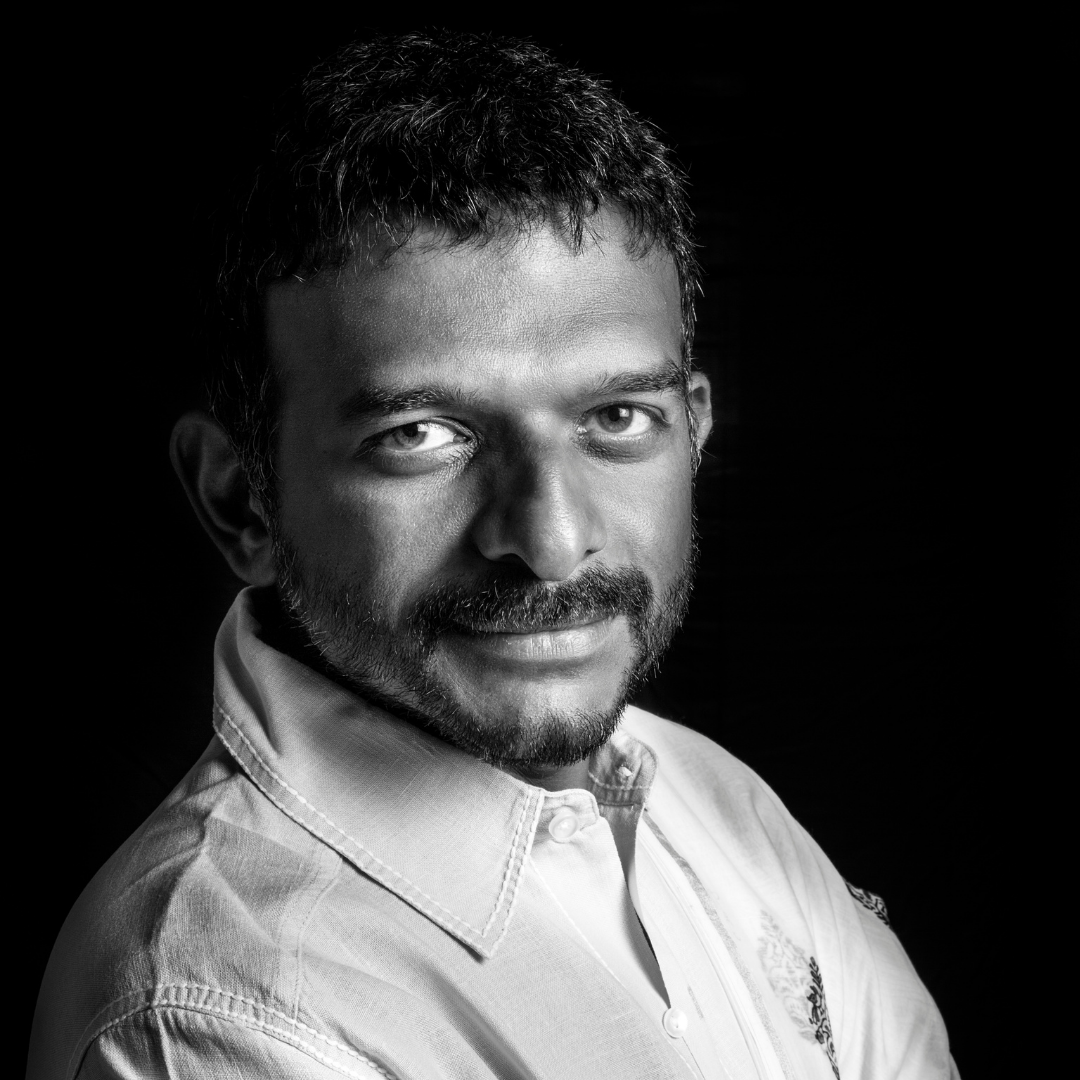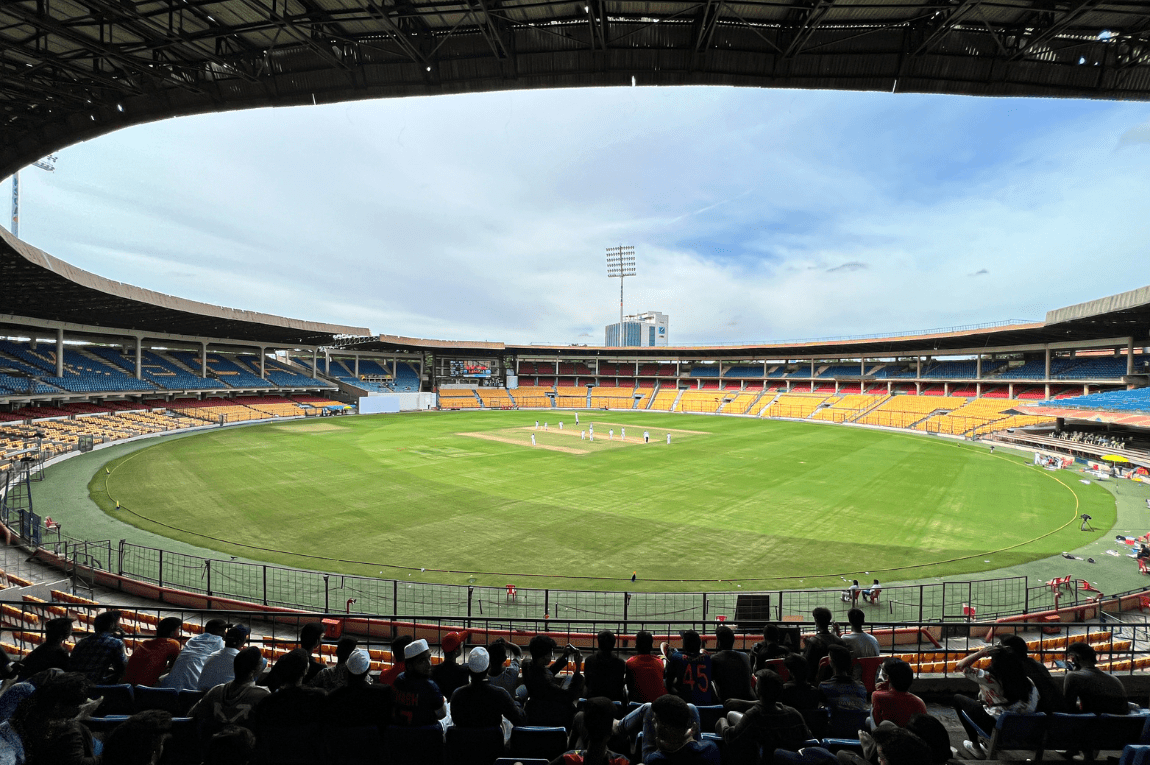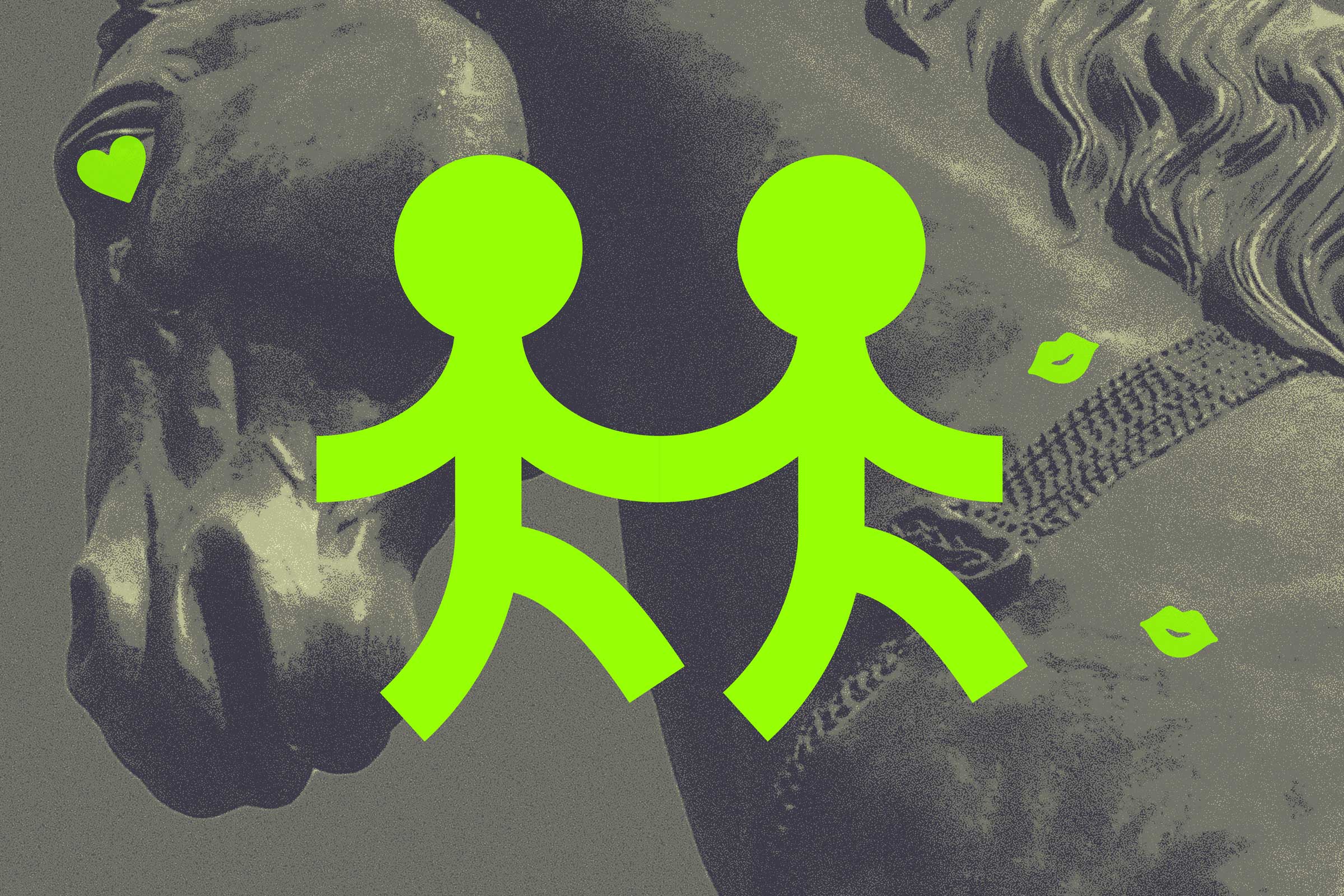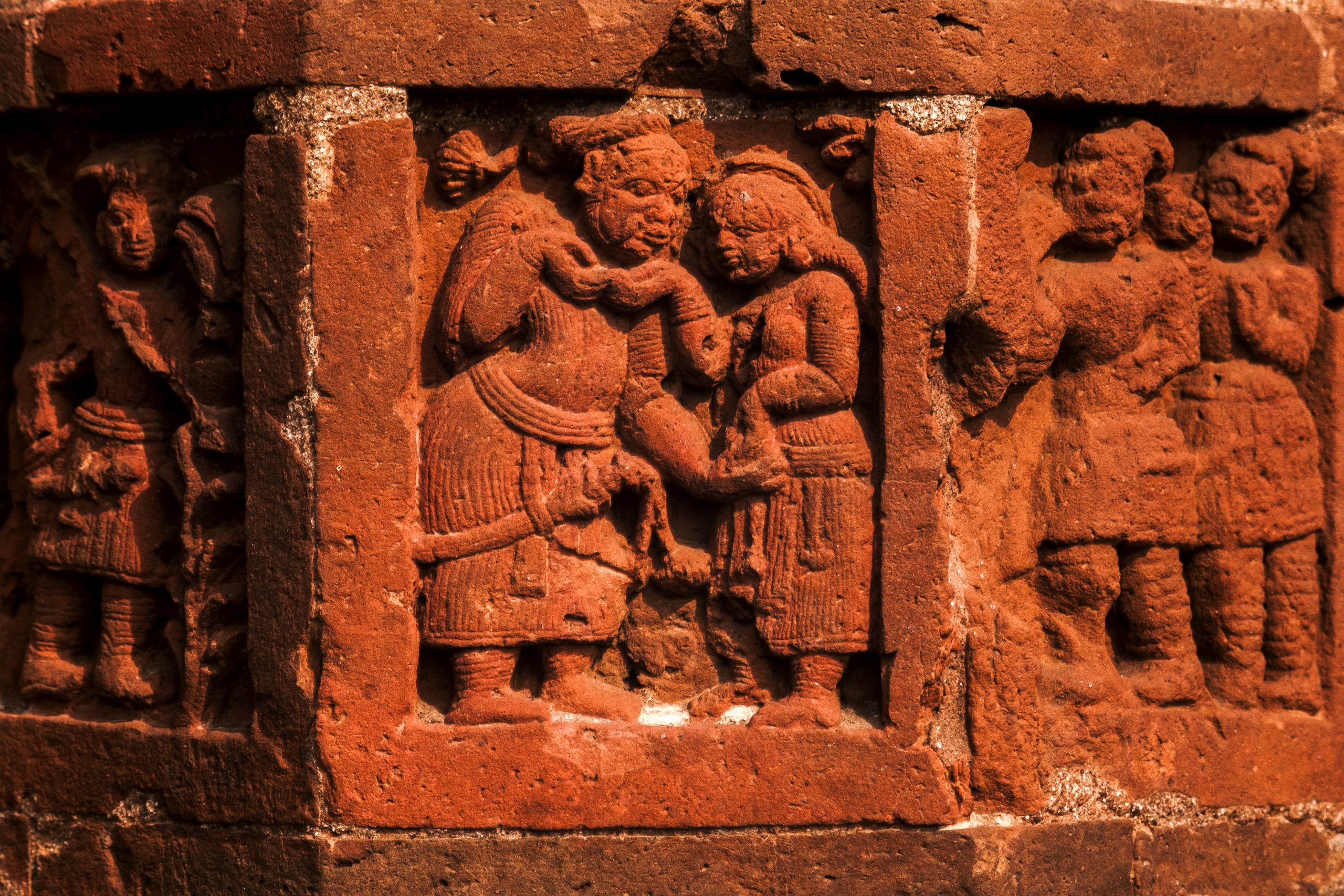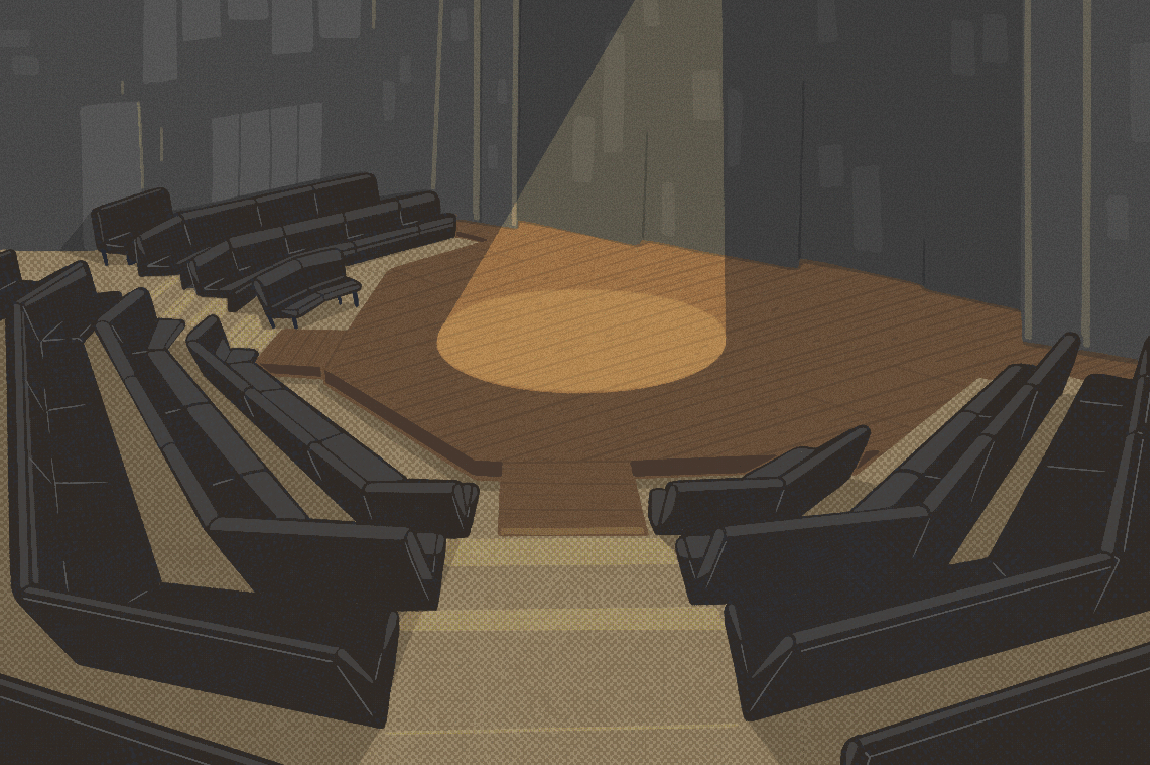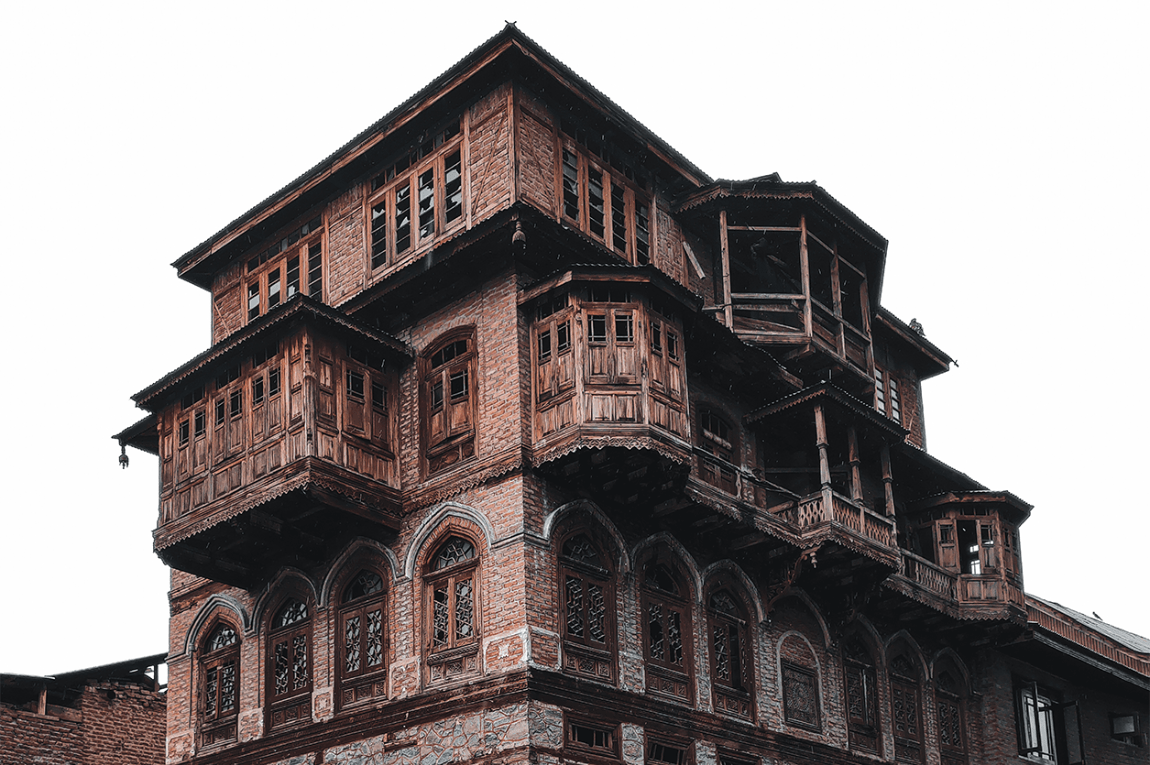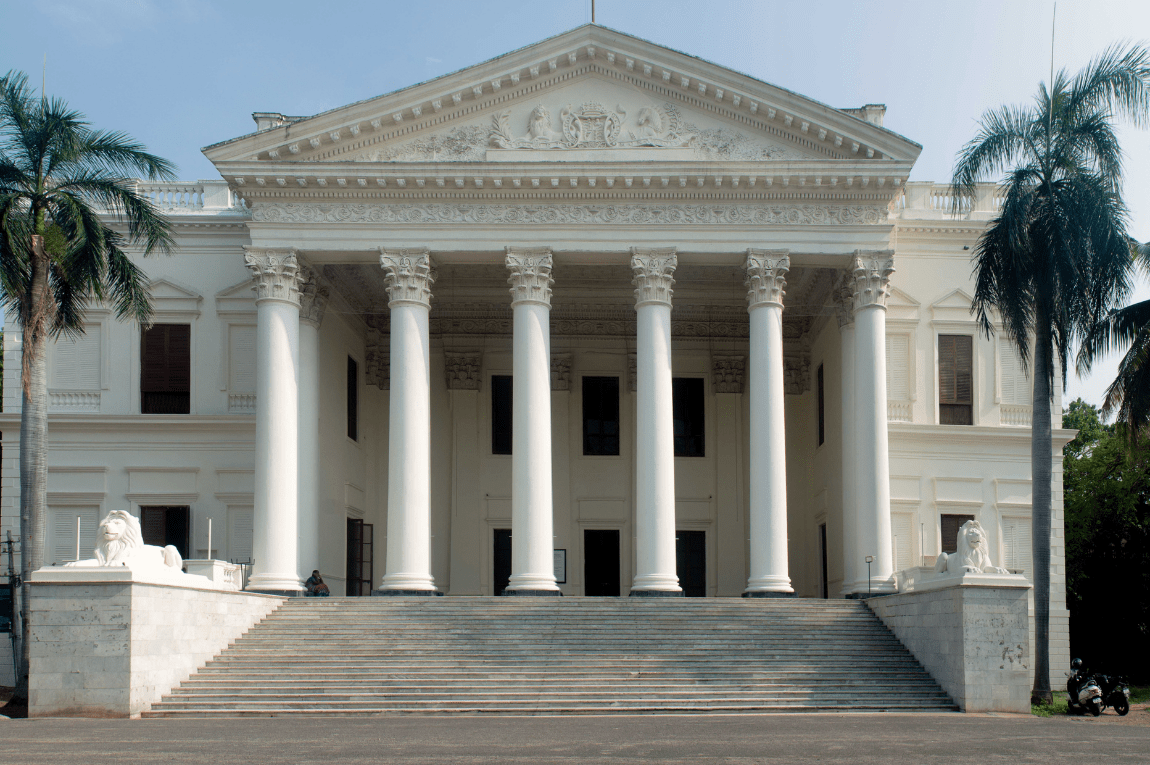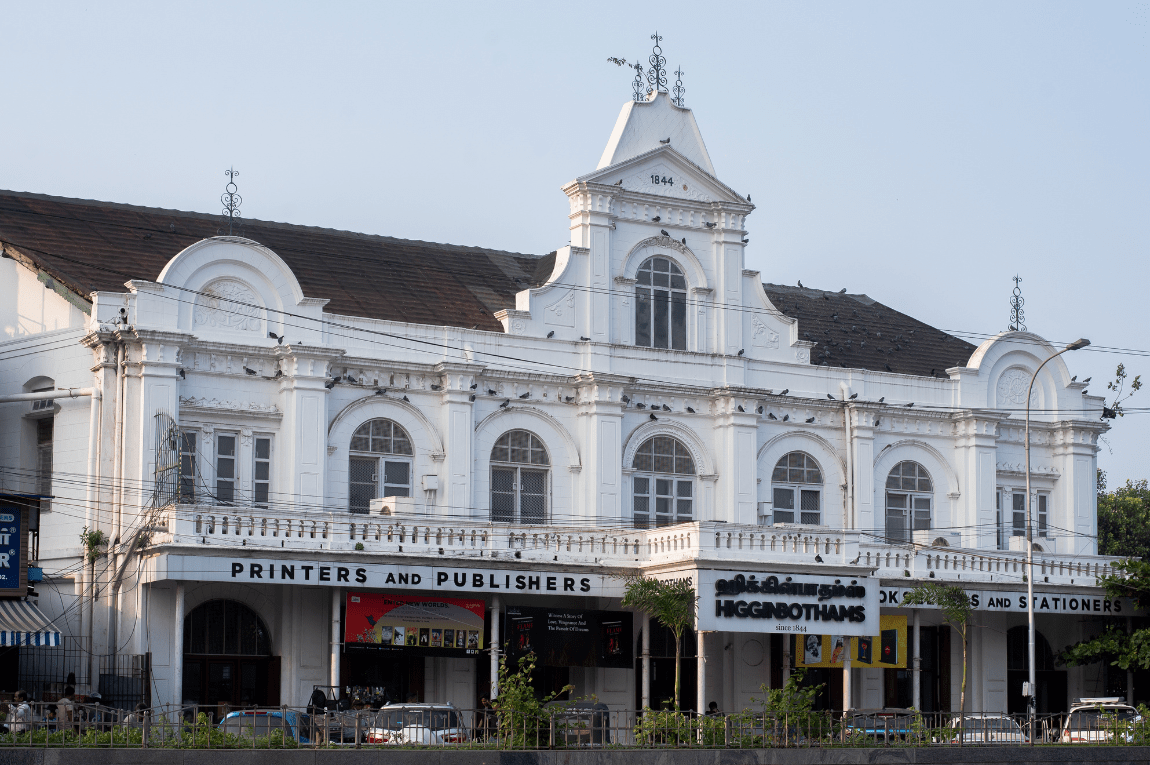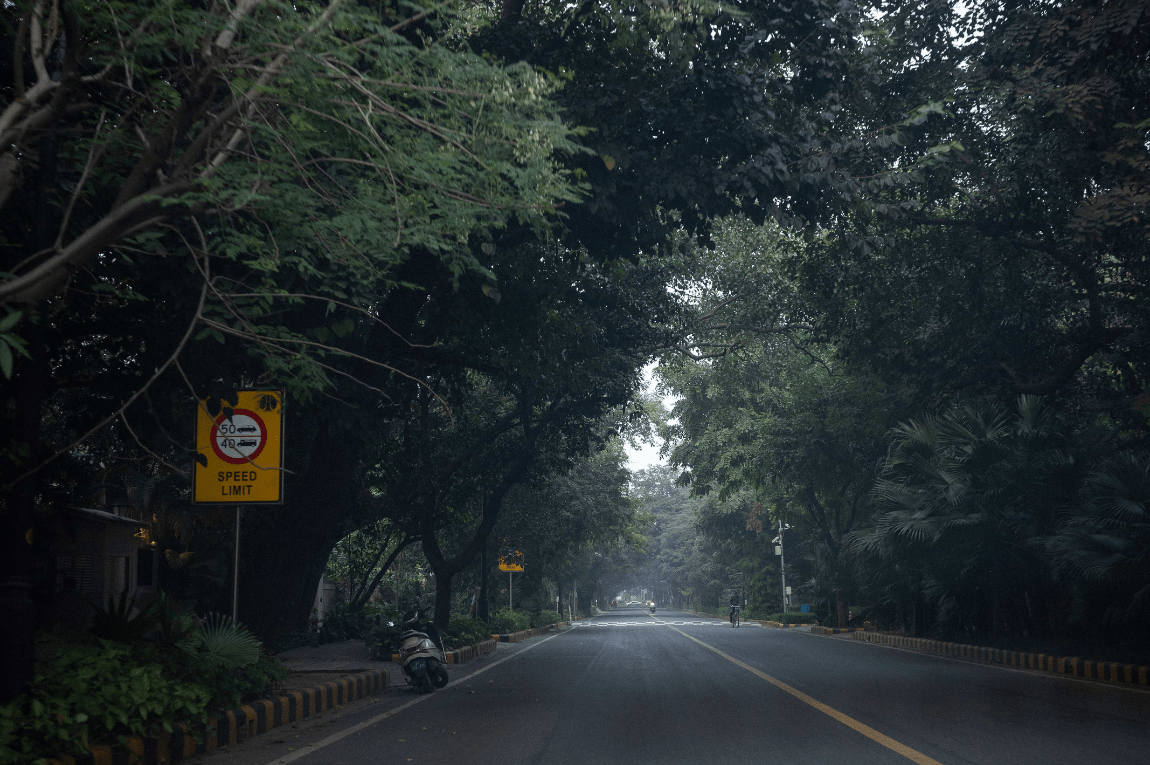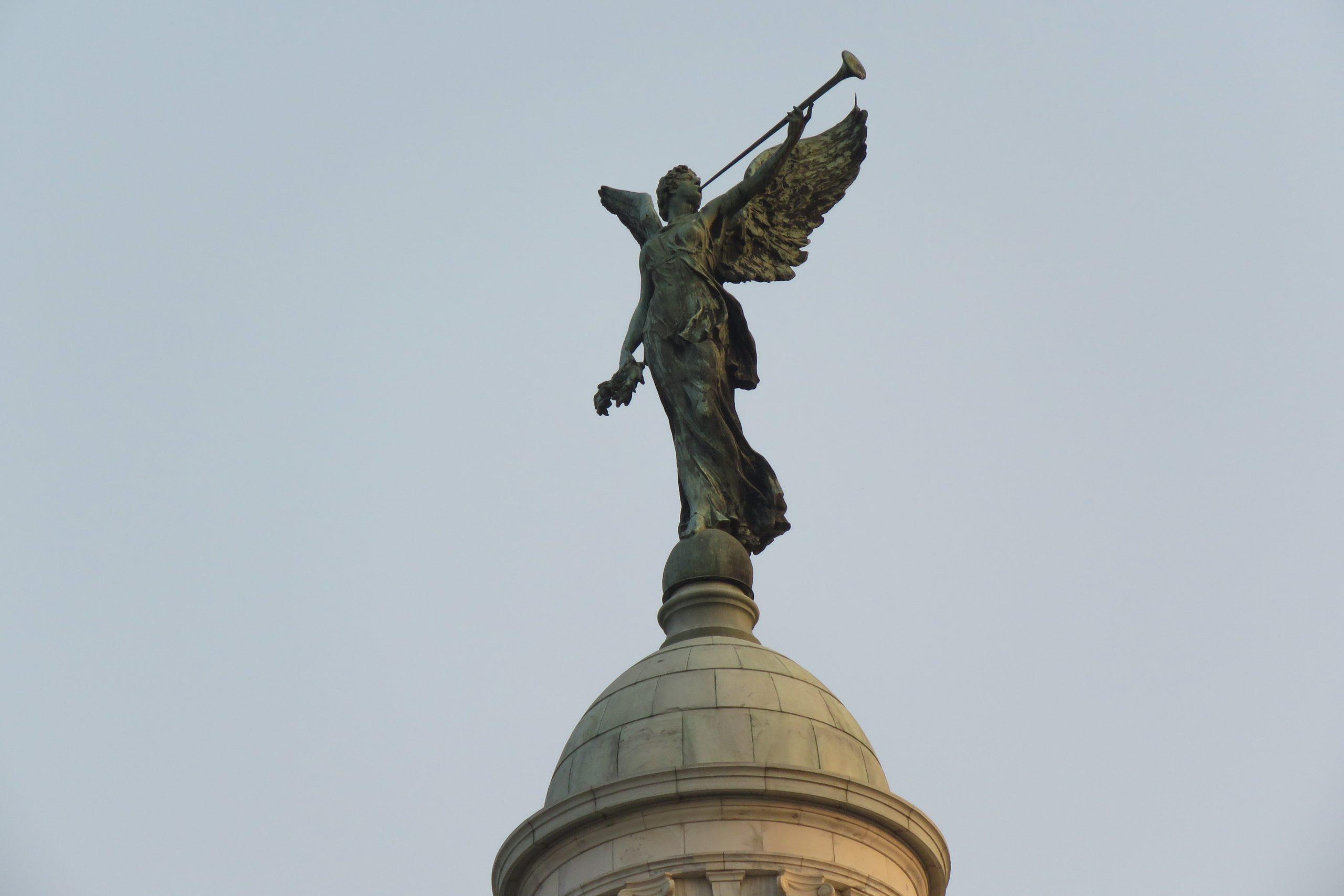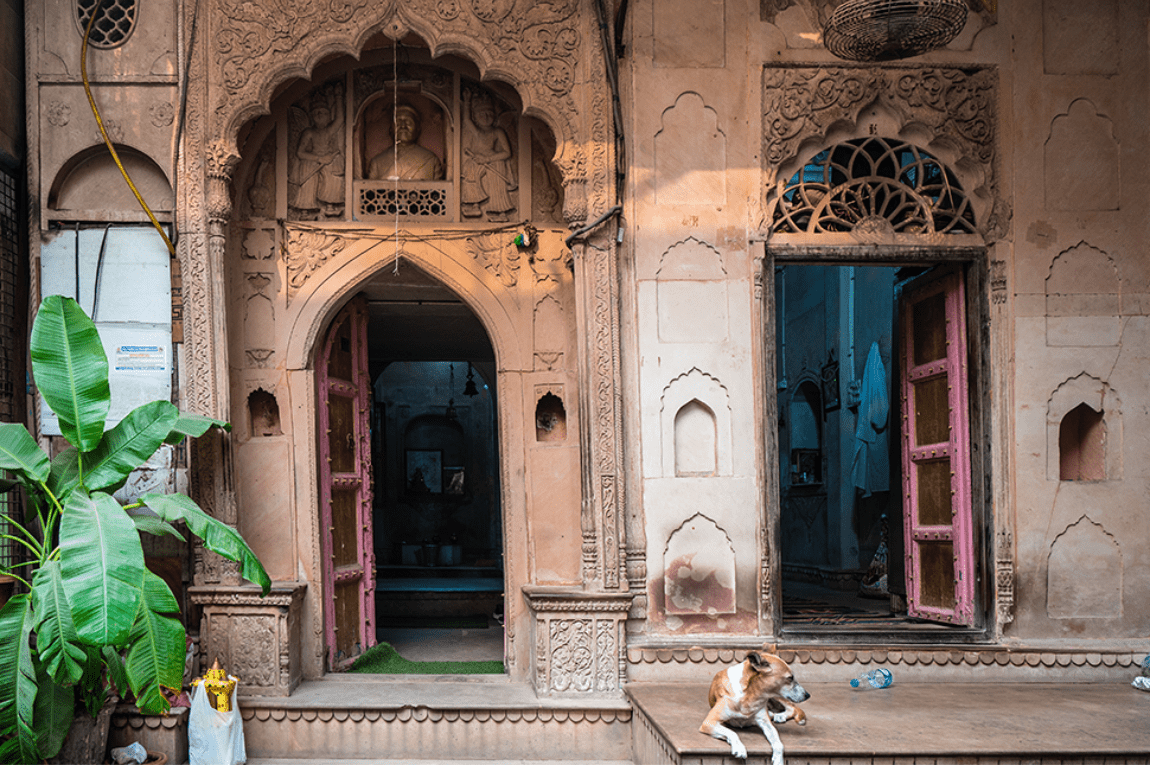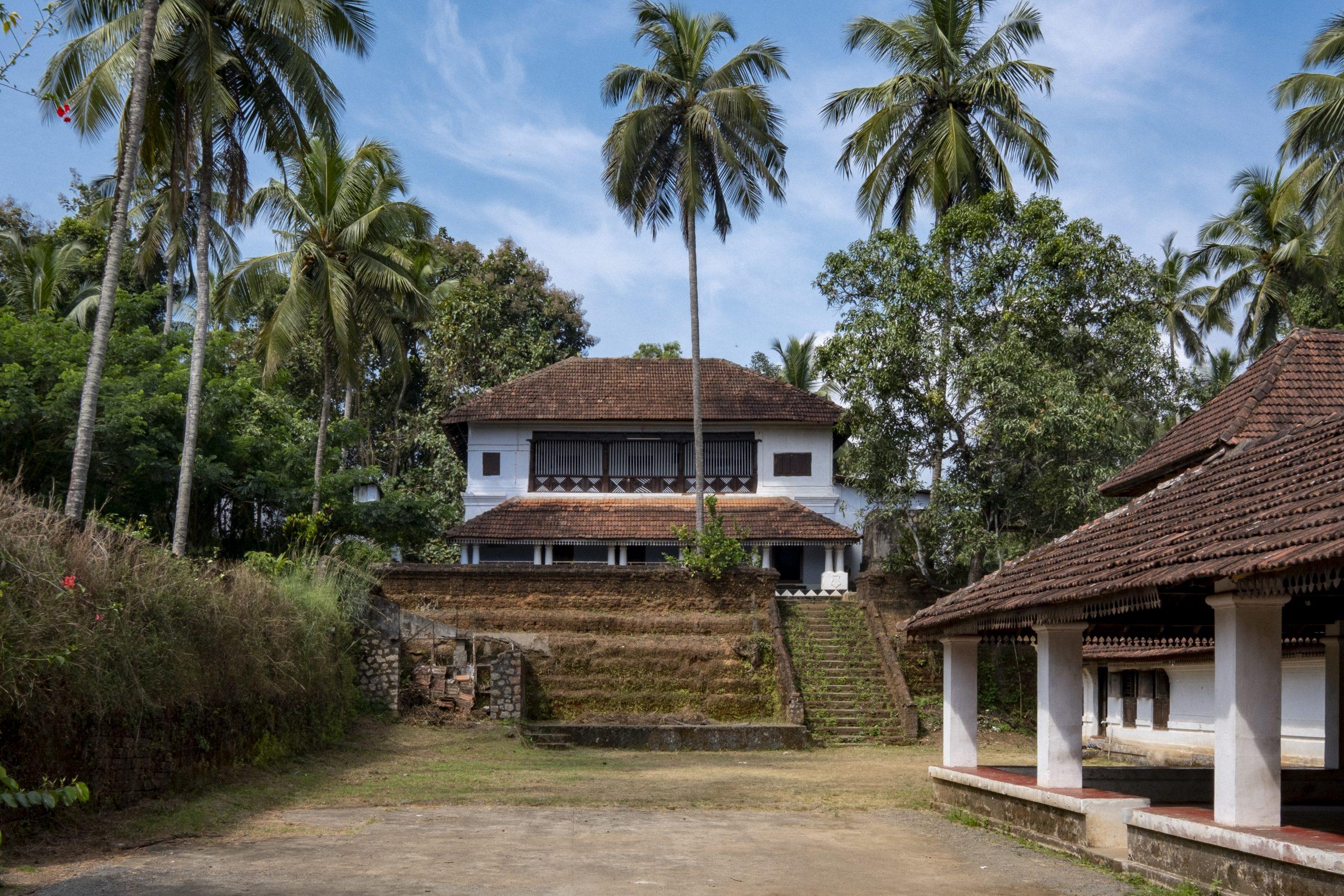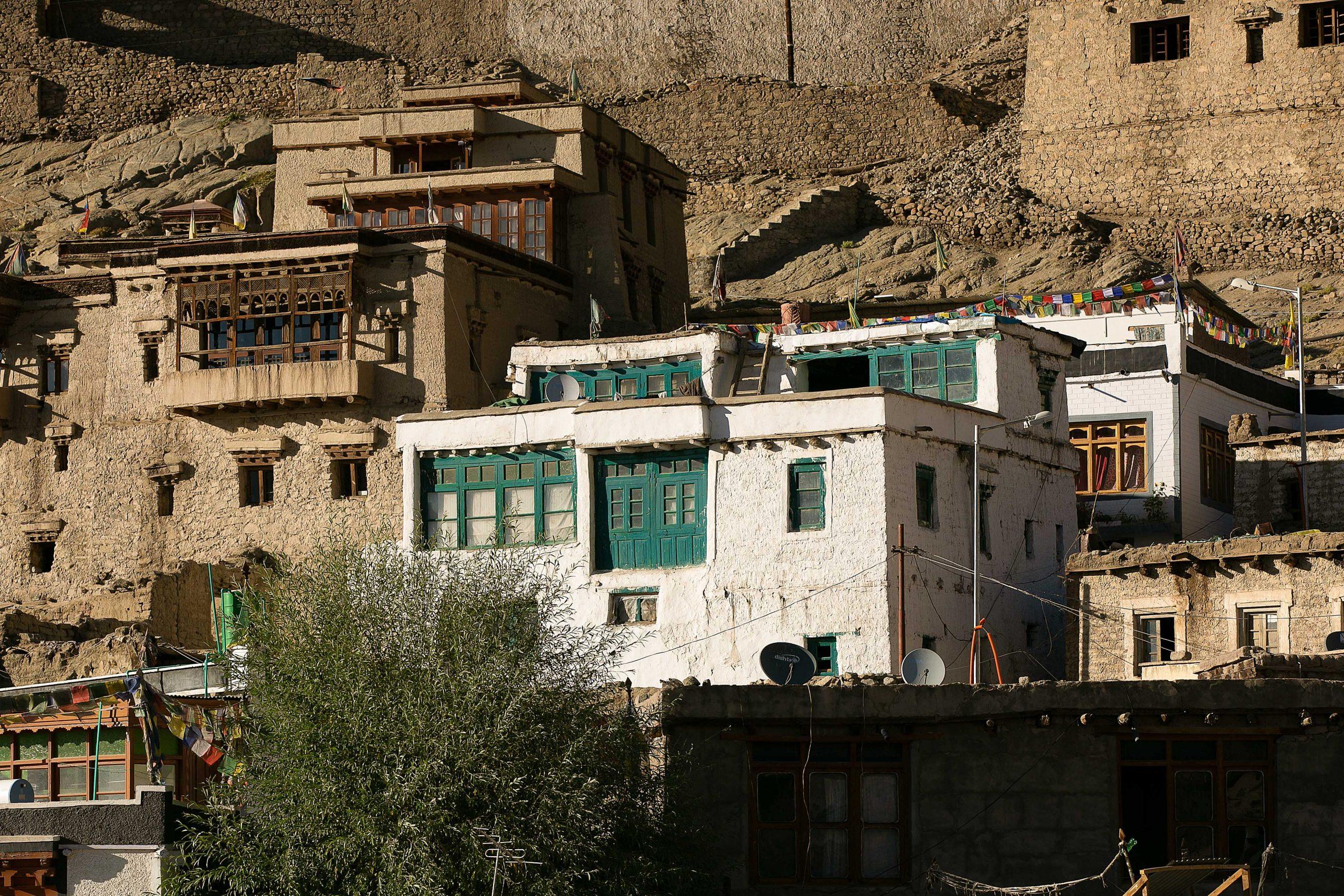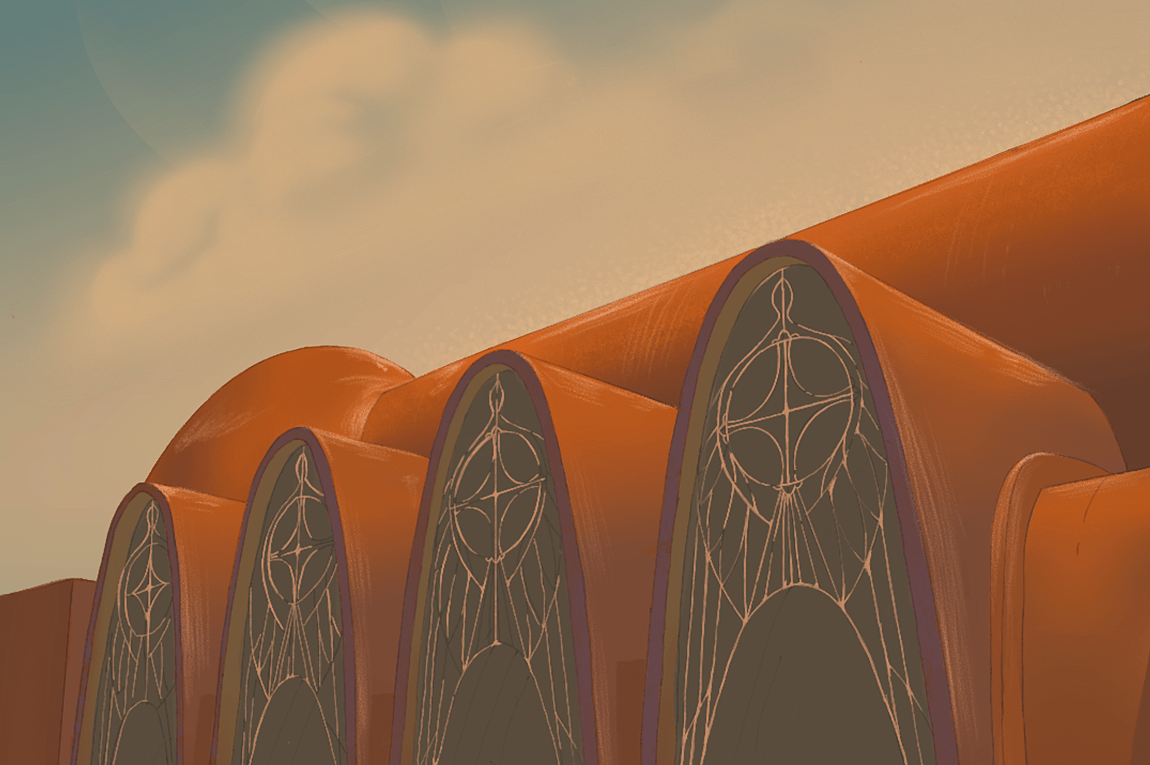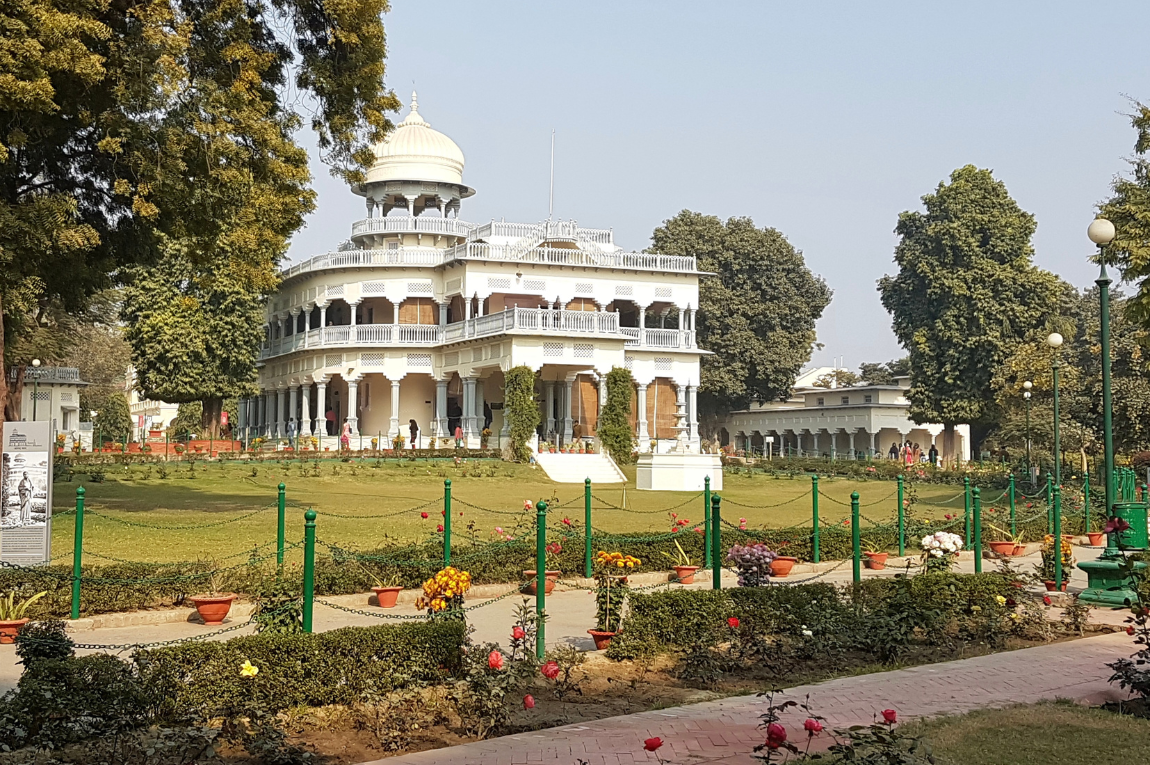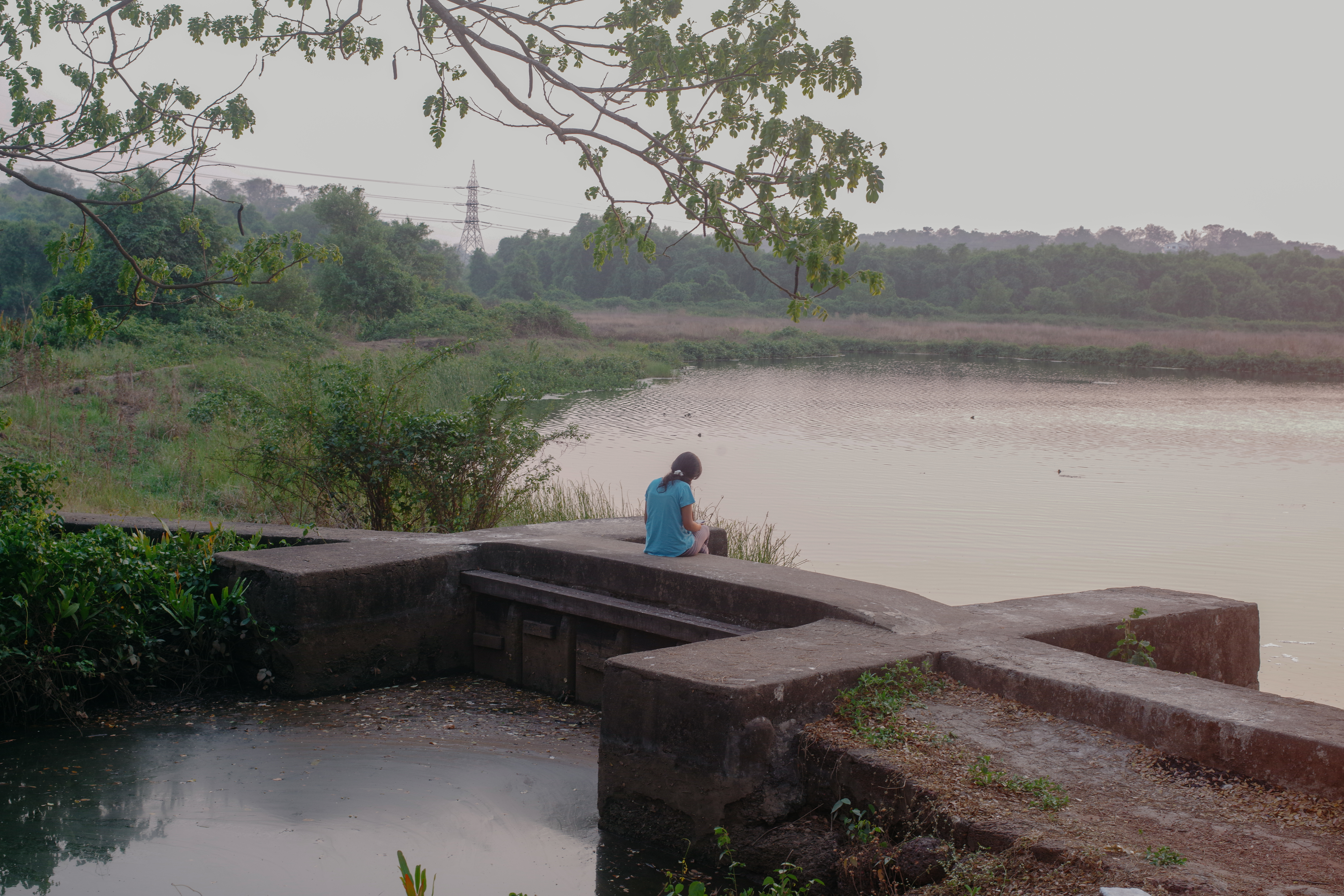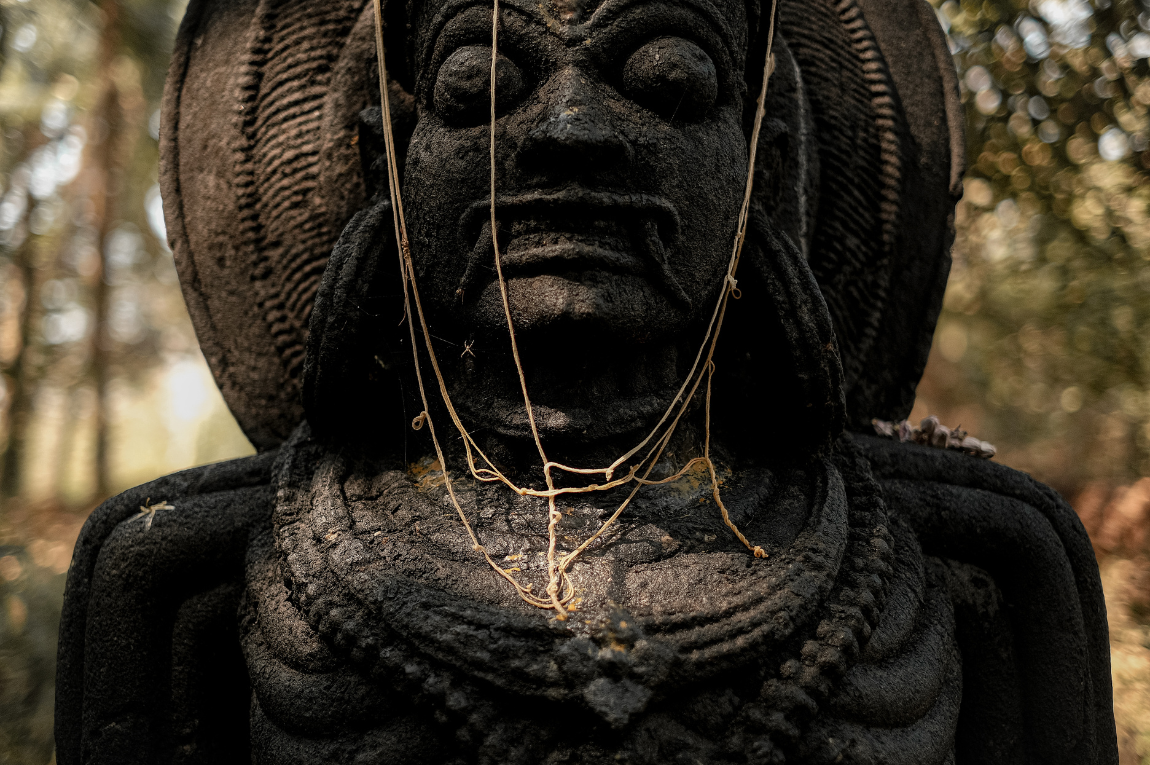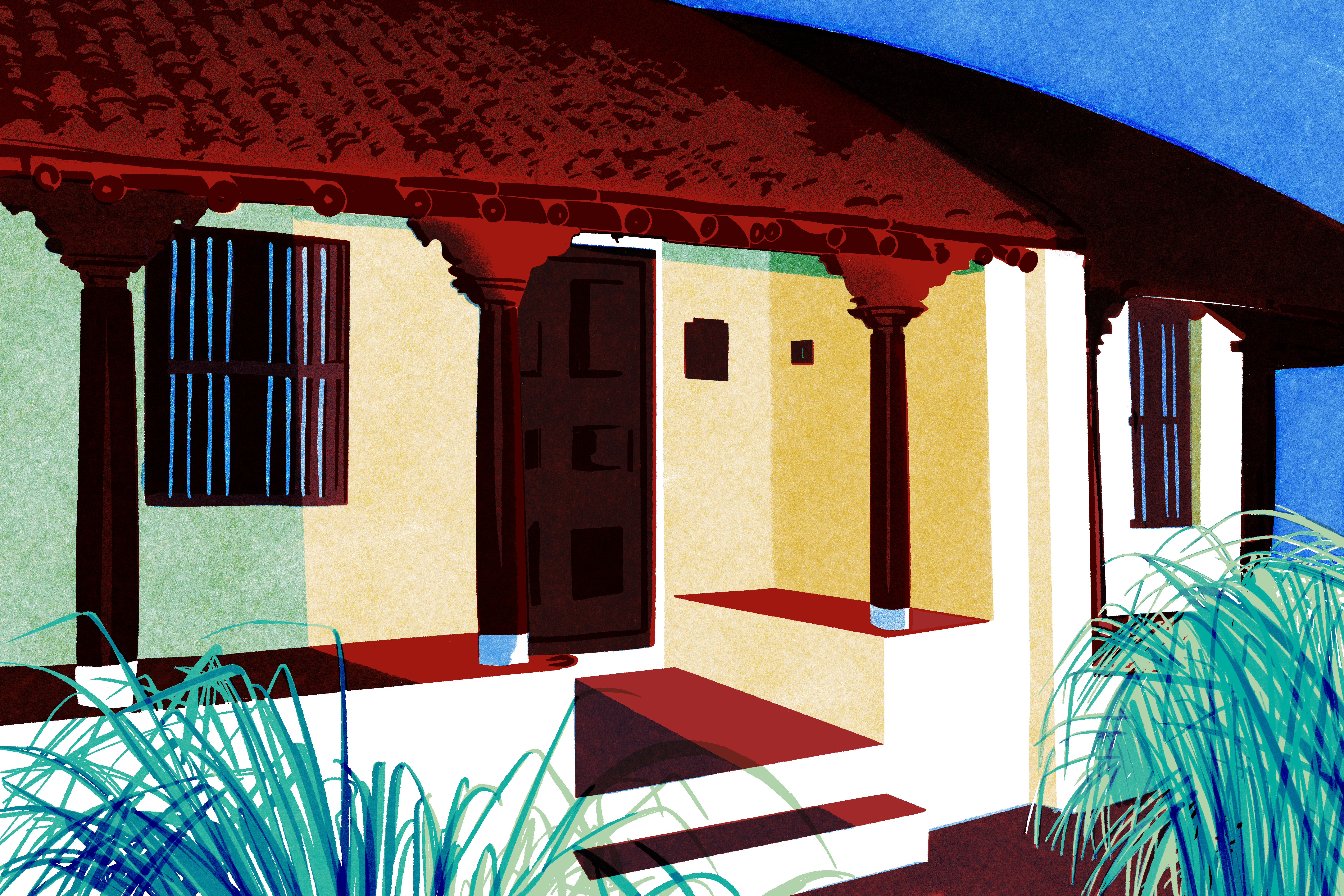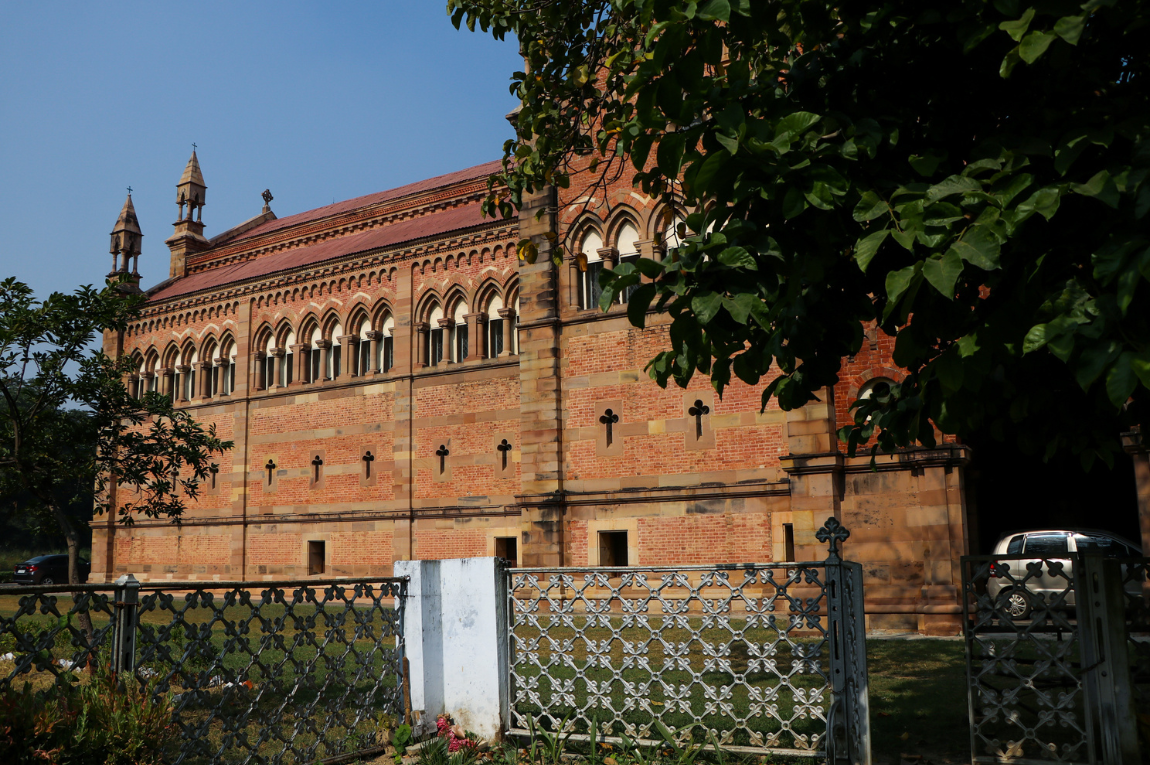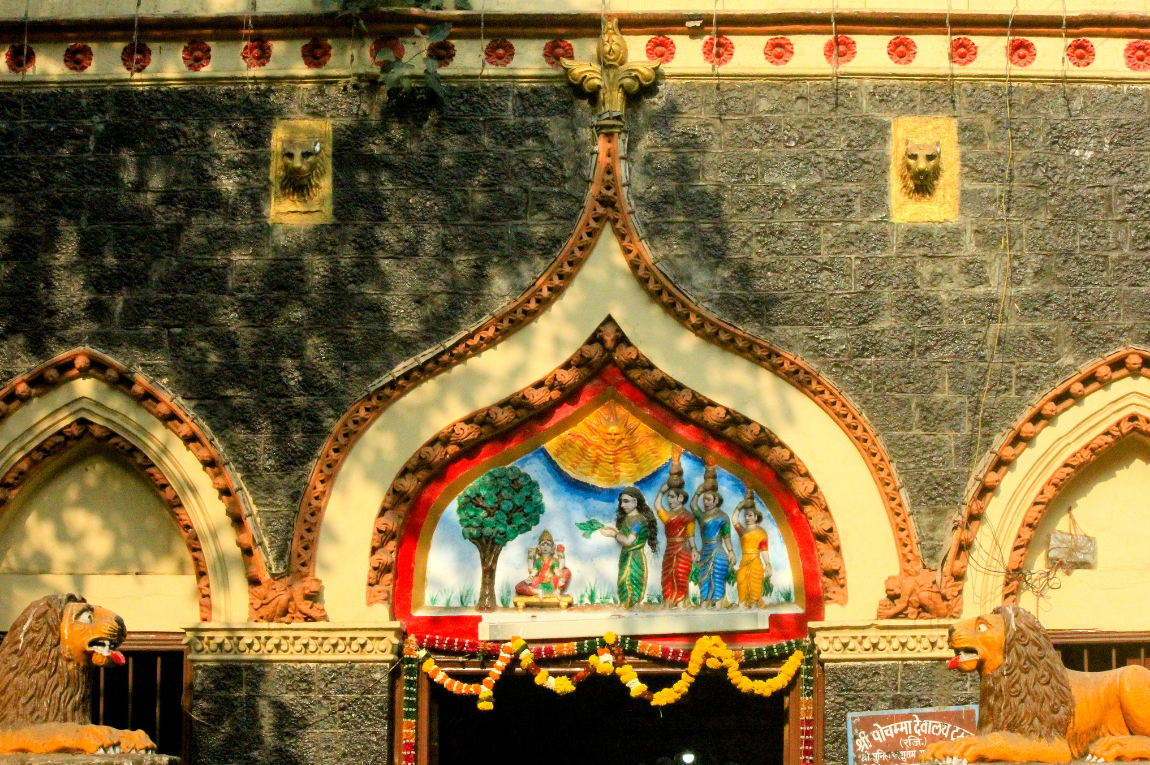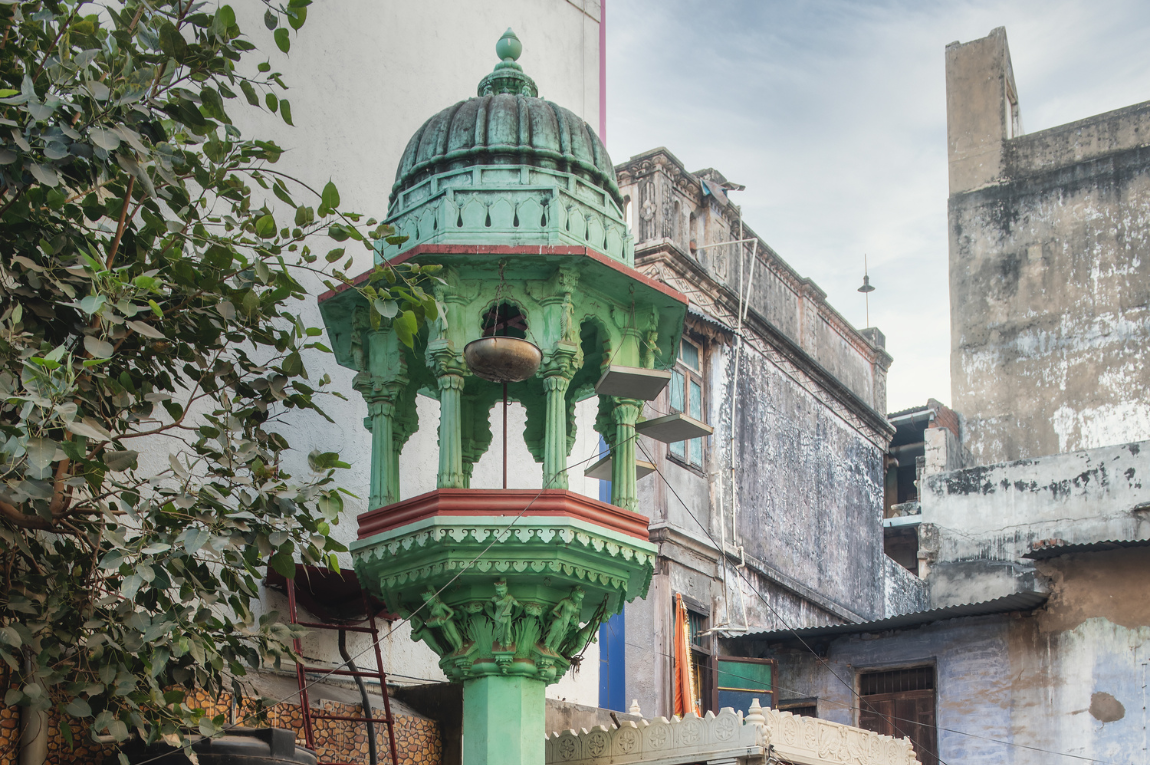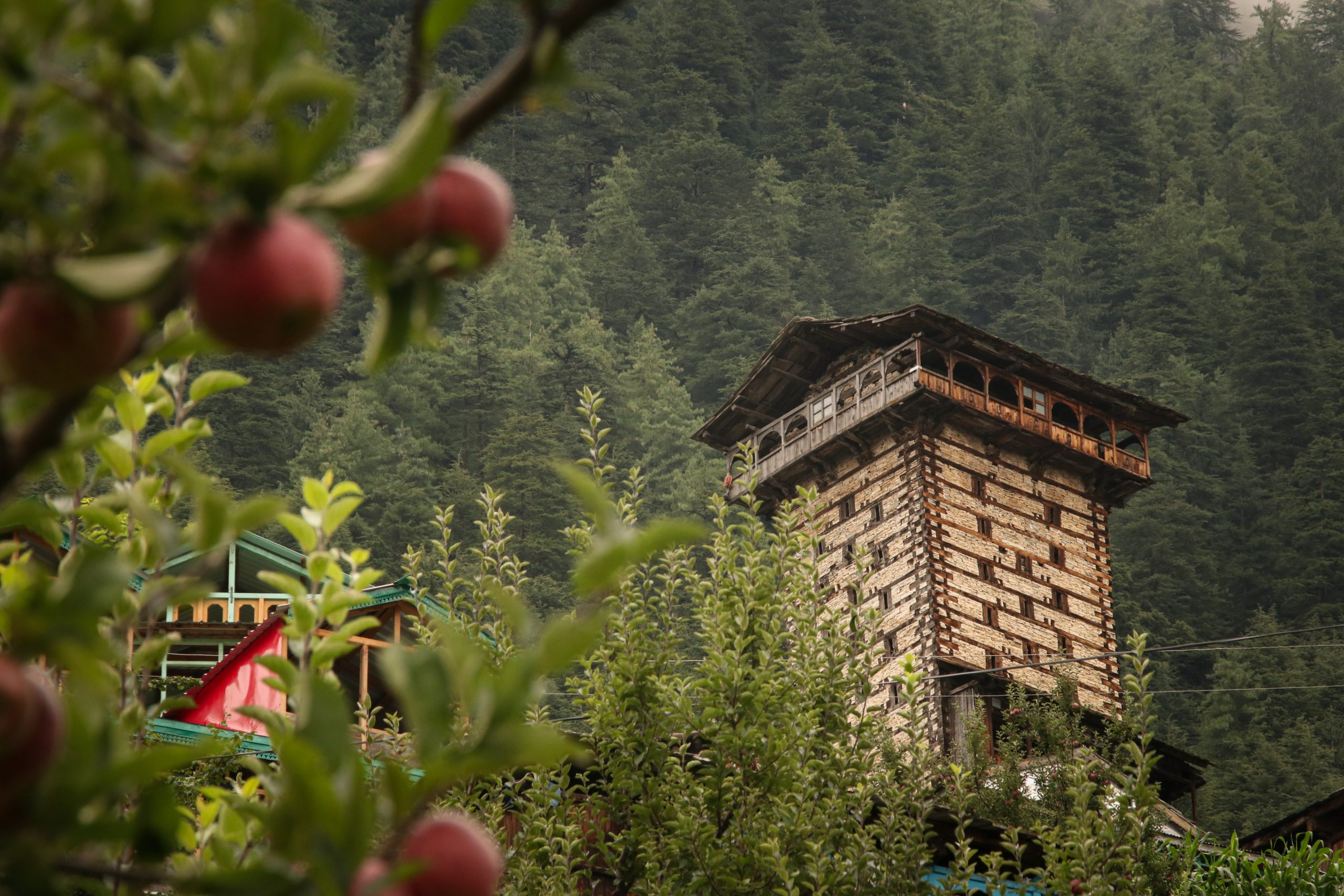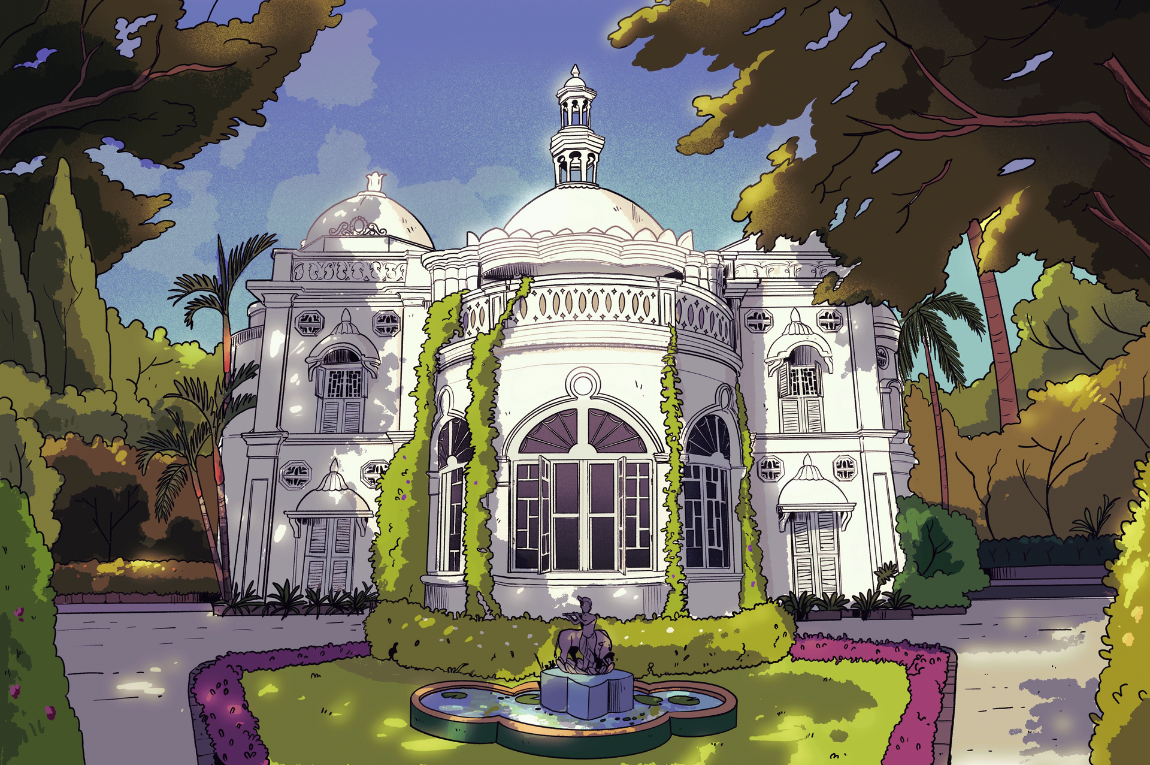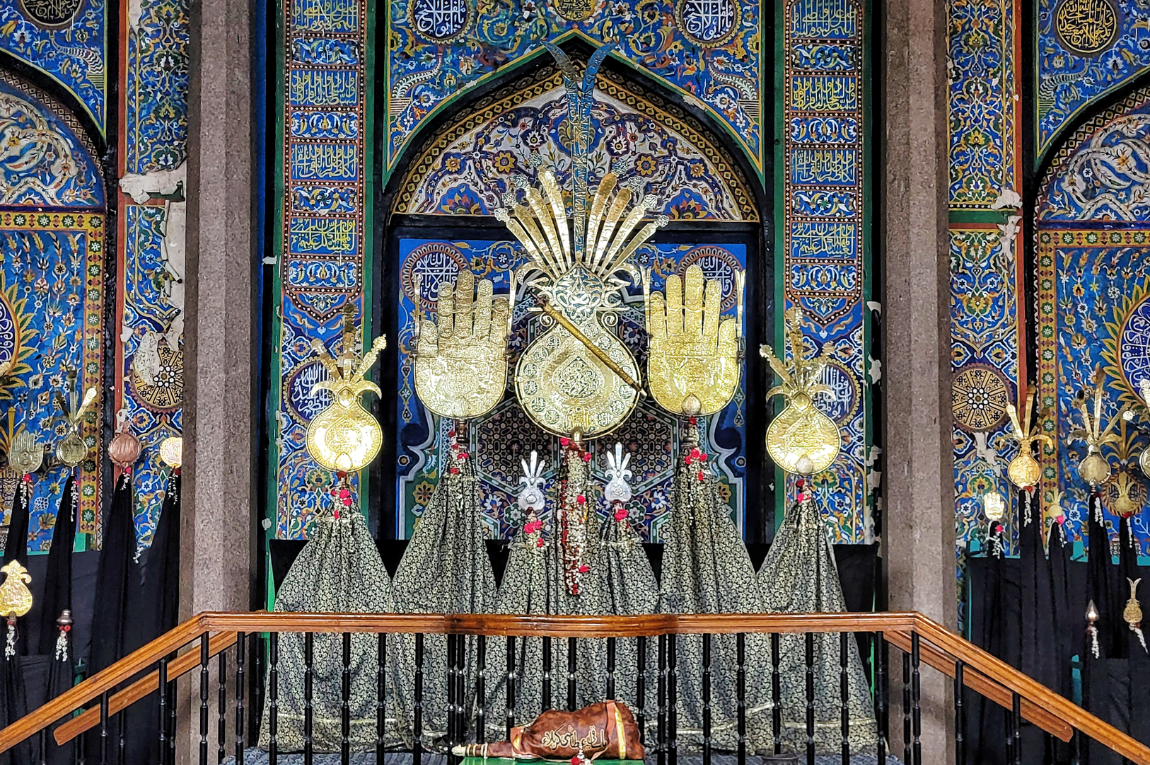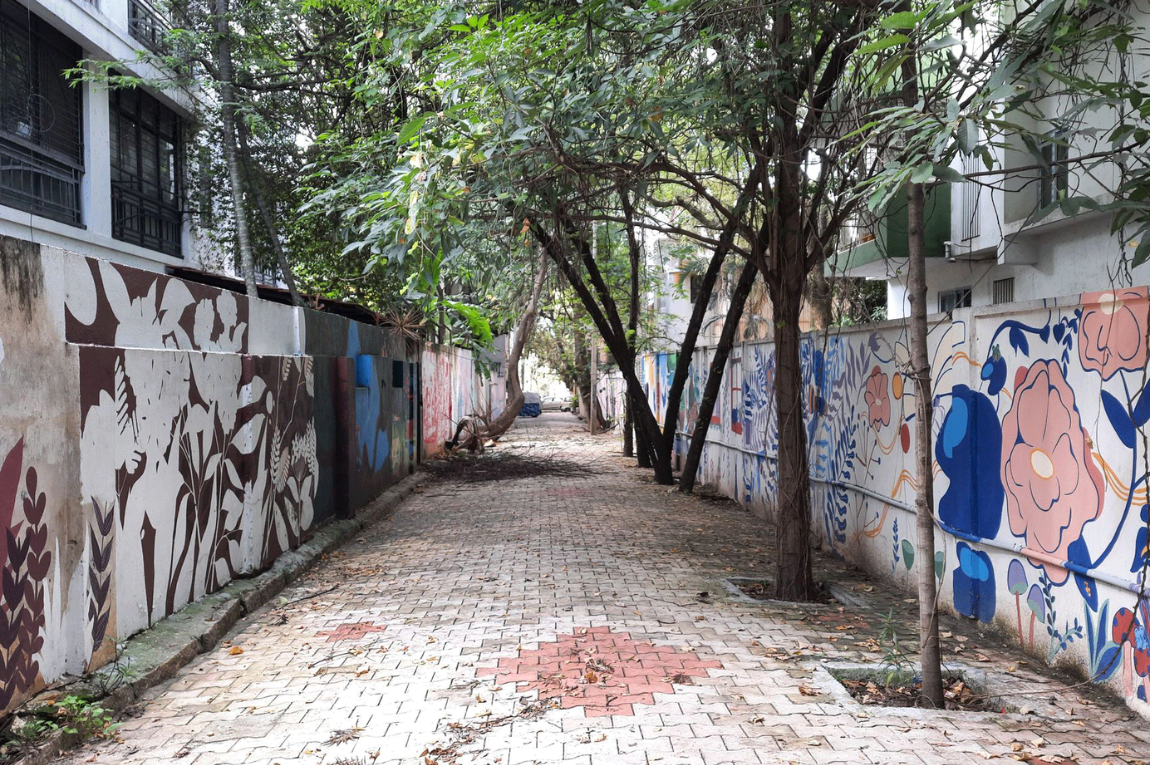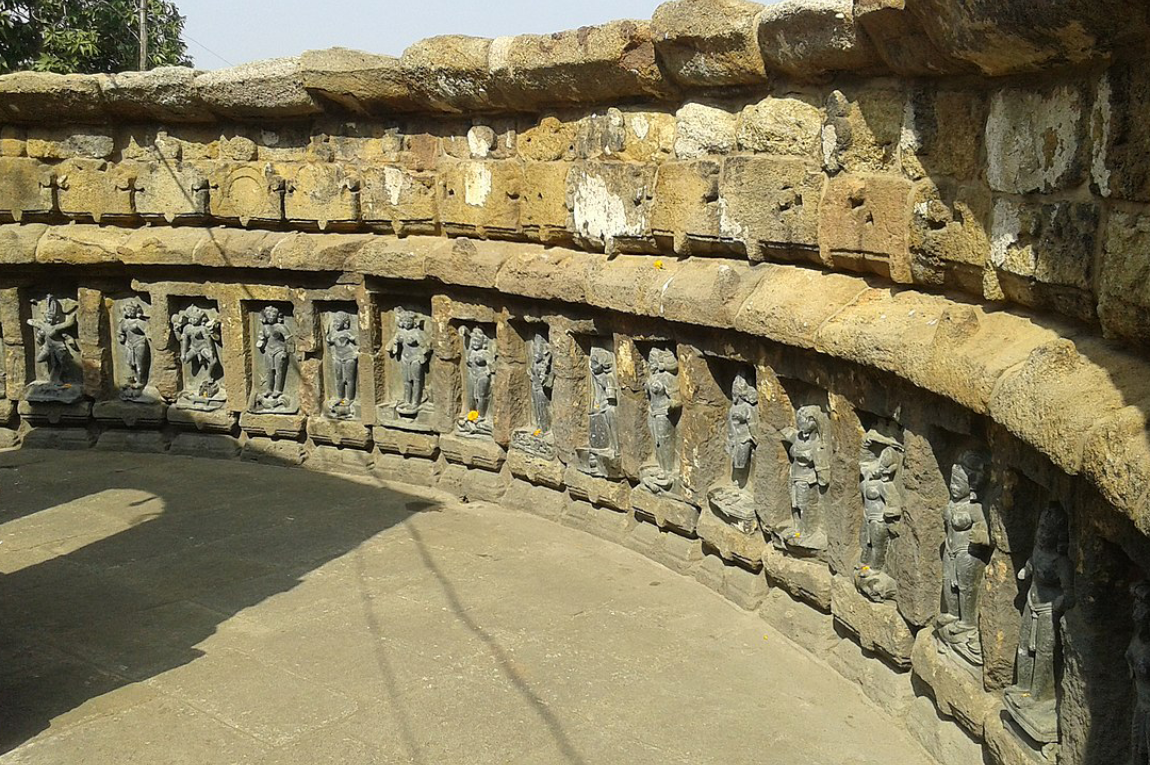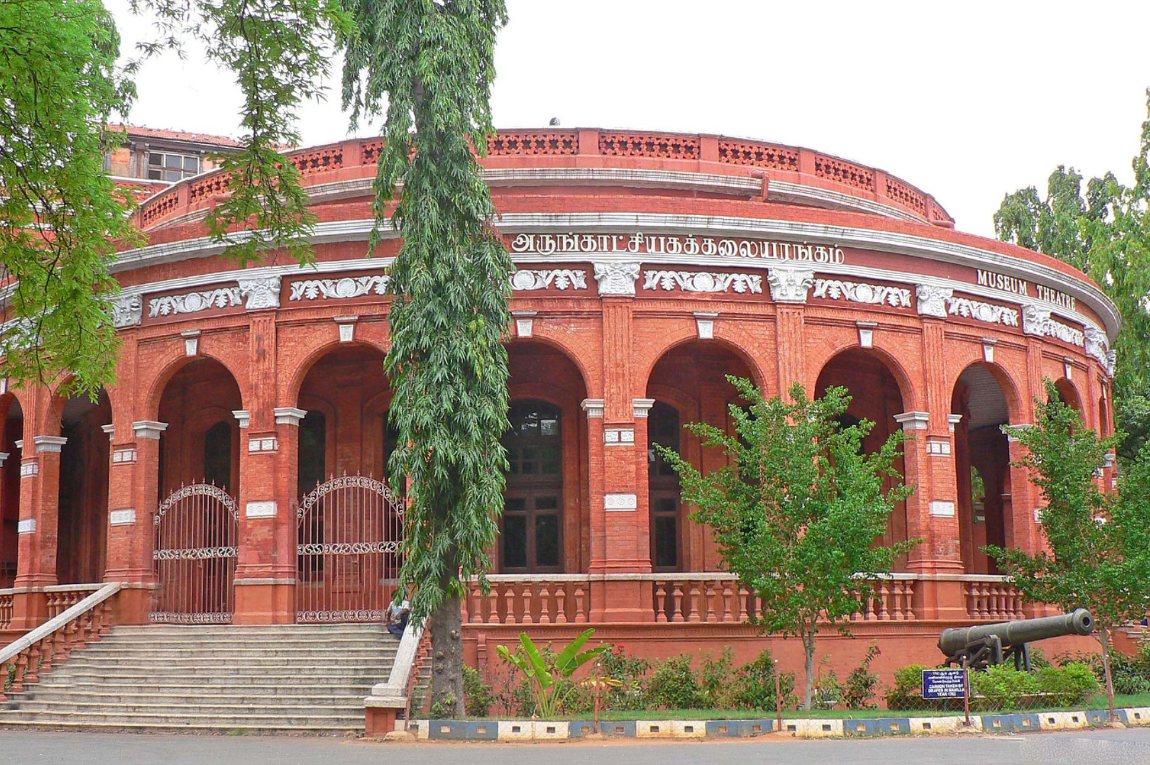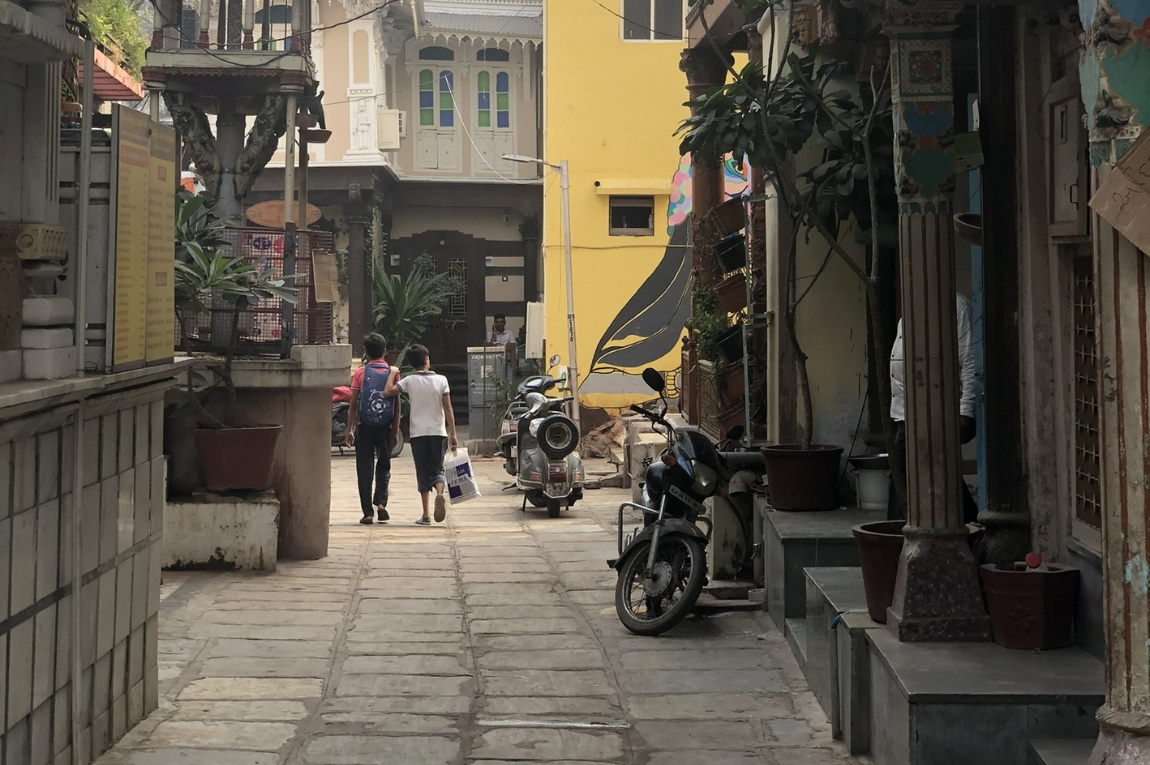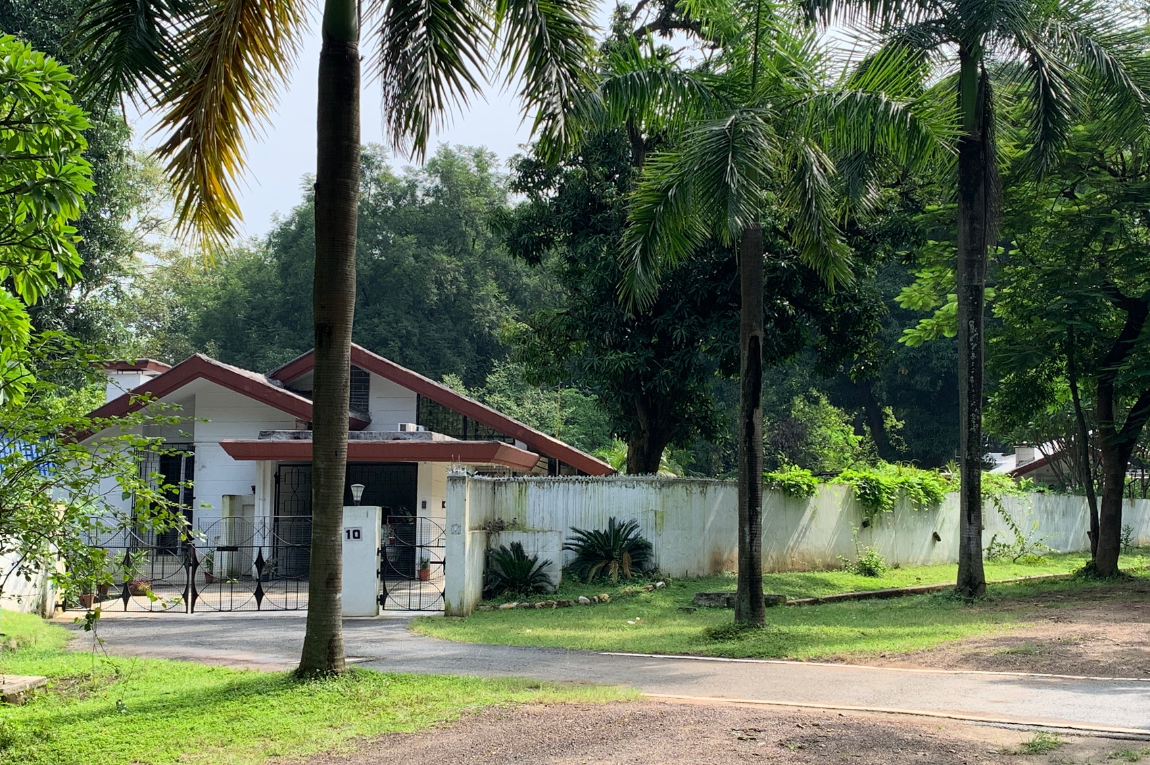Has reading shaped your work? If yes, could you share with us a few titles of books, or authors whose writing may have influenced what you do?
I must first confess that I was not much of a reader while growing up. It was much later that I started reading, and reading, for me, has largely been non-fiction. I do read fiction but that is rare. It all began with treatises ― old manuscripts ― all related to music but then I moved on to reading [on] history, politics, philosophy, and anthropology. This has allowed me to move away from the comforts of my various privileges, and made me look at myself, my identity, and the individual with a critical lens. Some of those whose works have left a mark on me are Ambedkar, Periyar, Gandhi, J. Krishnamurti, U V Svaminathaiyar, Susanne Langer, Khalil Gibran, Bharata, Rumi, Oscar Wilde and Dr N. Ramanathan. They have had a tremendous influence on my thinking, though I might not always be in agreement with them!
You must be accustomed to seeing many familiar faces at most of your concerts. With the Urur Olcott Kuppam Vizha, what have you learnt about the audience? How receptive have they been of the idea of conducting a performance in a fishing village, or on the margins, so to speak?
The Urur Olcott Kuppam Vizha was one of those happenings that just came together. There was an idea in my head, then Saravanan from Urur Olcott Kuppam felt it was time to celebrate the kuppam (fishing village) and show it off to the rest of the world because kuppams are otherwise marginalised, and the people of the kuppam aren’t perceived as ‘cultural’. The third person in the conversation was Nityanand Jayaraman, an environmental activist, who thought it was important to have a discourse on the environment, on civic necessities, and political and social inequalities. It therefore involved various ways of perceiving the unequal status quo of society — for me, it was aesthetic, for Saravanan, identity and empowerment, and for Jayaraman, it was about the socio-political structures that inhibit equality. People from diverse backgrounds usually volunteer for the vizha. They come and go every year, bringing their own conversations to it.
The vizha revealed to me that any aesthetic endeavour is both social and political. We cannot run away from the politics of art, culture and identity in the name of beauty. Beauty is political; it is ugly and discriminative. It is important for us to constantly be in search of these uncomfortable reflections. I think the vizha taught me that while art is a mode of conversation between diverse people, it is not usually allowed to have those conversations. Art remains a homogeneous, self-satisfying, quite incestuous practice, unless we allow it to fly free from our grasp.
It is important for us to realise that it was a vizha of the people of the village and of the people beyond the village. It was not a vizha that was taken to the village. It was initiated by people in conversation, and thus was beautiful to see how this conversation unfolded. I think all of us learnt a lot…the most beautiful are the relationships formed and will remain, and so will the learnings. I remember young girls and boys coming up to me and saying, “Can I just give you a hug?”, and those were moments when I felt, ‘‘Yes, something special is happening.’’ The moments when people danced with freedom, and did not subconsciously discriminate on the basis of their caste, their social address, their economic status, or their postal address, at least momentarily, were priceless.
You are a practising musician and have been working comprehensively with writing and activism. Were these three paths consciously meant to find concurrence?
To me, writing, activism, and singing are not separate. One has led to another ― one has led the other to become part of one path. I began only as a musician, and still call myself only a singer. I think writing was my way of articulating my response to the environment around and within me, and activism was action that happened naturally. The interesting part is the convergence of what seems to be three independent threads. It all began with questioning music, questioning why I was singing, what was beautiful about what I was singing, questioning the history, the musicology, the social and aesthetic structures of the music that I was singing. It is the music that has gifted me the possibility of expressing myself in words, through collective action and conversation. For me, they belong to the same stream of remaining active, self-critical, introspective, and, to a large extent, fearless.
How important do you think is the role of the cultural critic in India today?
To think of the cultural critic as a separate entity itself, is problematic. Every human being needs to be a cultural critic. The problem lies in how we view culture. We view it only in a celebratory sense, and fail to recognise that it is central to how we see ourselves as individuals as well as collectives. And hence we don’t see the inherent discrepancies, disparities and discrimination in culture. Until the idea of culture itself becomes a complex investigation of how we are as a society, the cultural critic does not emerge in every individual.
Many a times when I speak to people, liberal people of privilege ― about society, discrimination, politics ― we’re all in the same boat. But the moment I start talking about art and music, I will hear the same person saying, “You know, of course India is diverse. I love the music ― I love folk music and tribal art. But whatever said and done, the classical is more sophisticated, subtle and cultured.” The fundamental flaw in that statement ― the discrimination that it embodies ― is not seen even by the most liberal. This is something we have to realise. In the sound that we hear, in the light that we see, in the fragrance or odour that we smell, exists societal disparity. Unless we realise cultural disparity in experience itself, the cultural critic does not emerge.
Considering the current vigilantism in the country, do you think artistic freedom is at stake?
There is absolutely no doubt that this country is filled with all kinds of vigilantism today. But it’s also important to realise that a lot of this is not recent. We allowed this angry violence to emerge because we did nothing about the vigilantism that always existed, just below the surface, for decades. We either ignored it or used it for our own selfish gains. Today the BJP flaunts vigilantism as a way to establish a singular cultural identity, and we are hence in deep trouble. It is not just artistic freedom but all individual freedoms that are at stake. It is important that we not only respond to this kind of oppressive behaviour but also learn from it and make sure we don’t allow ourselves to retreat into deep slumber soon after we win this battle, which I am certain we will. We have to keep our eyes open, irrespective of which party is in power. We have to come down strong on any attempts that infringe upon the cultural, sexual, social, political, religious and philosophical beliefs, practices, and ideas of the citizens of India.
You have persistently broken the shackles and challenged the customary notions of performing as far as the location or format is concerned — you’ve sung at an indie music festival; at the Afghan Church in Bombay; for the pathbreaking video Chennai Poromboke Paadal that went viral; with the Jogappas — a transgender community in Karnataka; and on a rock in the middle of a lake in Coonoor for a film recording. How important do you think is it to take music, or any form of art, to an alternative or ― even what is perceived by most ― an uncomfortable space?
I truly do not believe that art forms are free. Art is often trapped within the social, cultural and political webs we have drawn in society. We need to revisit three aspects of its being ― space, form and people. Space is where the art has been performed, it’s the location where it is taught, disseminated and where access is given or denied. The moment we begin to move the art form from its habitual site, dialogues occur. The second is the structure itself. Every art form needs to be alive to the possibility of rediscovery ― it has to be pushed, changed and made to respond to the contemporariness of its time. It needs to be forced to realise its own discriminative and marginalising behaviour. If the art form belongs to [those] sections of society which are marginalised, then operation is inverted. In these art forms, its practitioners and audiences must be empowered to celebrate and strengthen themselves and challenge every other art structure. Thirdly, it is about the people who participate in the art form. Numbers do not matter, diversity does. Unfortunately, in a country like India, most art forms are trapped within caste or gender paradigms. These must be shifted. You need people from different caste structures to participate in an art form. You need people from multiple genders to be active artistes and audiences. But if the art form is practised by already marginalised communities, it is not the question of diversity that we must address. Instead the marginalised must be allowed to celebrate their identity and get unfettered access to every space in society. The reason I am making this differentiation between challenging the structure in a marginalised art form versus the privileged is because marginal art is already pushed to the rim. All these ideas are complex, but yet we have to attempt; we may fail but we have to keep trying because something beautiful will emerge at the end.
In your book, ‘Reshaping Art’, you mention that “…every aspect of art is compromised and the artist is a nobody.’’ Do you go through periods of self-doubt? If yes, is it largely to do with your practice or the notion of art on the whole?
Self-doubt is an integral part of any kind of self-discovery. When I first began this process as an internal, musical, aesthetic exploration of what I was singing, why I was singing, and to whom I was singing, I realised it is possible that at the end of this musical investigation, I may not find the beauty I’m looking for in the music. And that was a risk. But I trusted the fact that there is something transcendental in art, in the sound of music that is not limited by my own parochialism, and I must say I’m quite happy and thrilled that I was vindicated.
There are also different kinds of self-doubt. There’s self-doubt about whether this discourse makes sense at all ― “Am I just making this up in my head?” There’s self-doubt about the actions you take, the words you use, and at times, you come back thinking and saying to yourself, “Yes, that was incorrect.” Sometimes, you feel that people don’t understand the discourse, and there are times when you feel utterly alone.
But fundamentally, I believe, art is vulnerable to manipulation. Is there going to be a tomorrow where there is no manipulation of art, society or culture? No! But can we remain in a state of constant awareness that we are manipulating—and being manipulated? If you can remain in this awareness, this state of consciousness, then the experience is unshackled, and understanding shifts. Self-doubt is remaining in that state of awareness. Self-doubt is not fear; it is actually fearlessness because you allow it to remain in your mind but you still go on making those attempts to alter, change, rediscover, reinvent. And this whole process is not just about you. It is about the others with whom you’re having these conversations because they are the ones who are going to keep you in check, especially those who are extremely critical of you. It is important that self-doubt exists, that self-critique flourishes.
You have also collaborated with several artists. How vital do you think is it for an artist to work across disciplines? Does it help you learn and grow?
I’m convinced, more than ever before, that collaborations in the arts in India ― or probably anywhere in the world ― have to cut across the social boundaries we have constructed. In other words, I believe in collaborations cutting across vertical hierarchies that remain the foundations of our living ― the ugly base upon which we have built our society. I recognise that such collaborations can be dangerous, can result in appropriation, and come precariously close to further entrenching ourselves in these divisions. But I can say with conviction that if we can be aware of these crevices and engage in a conversation ― through music, dance, drama ― that brings together artists, audiences, rural/urban societies, and transcends caste and gender in an aesthetic endeavour, allowing us to question, be critical and celebrate unisons and differences, we can create an important political conversation among people who otherwise do not have these associations. Therefore, rather than collaborations that are between art forms that occupy a similar bandwidth in social strata, conversations between art forms that belong to various sections of hierarchies are important.
You travel extensively to places across the world on music tours and festivals. Have your travels, and interactions with different people and varied audiences, influenced your work in any way?
Travel ― irrespective of whether it is just outside my home in Chennai, my neighbourhood, a village, another city in the state, or across the world ― leaves deep impressions on my mind. There are three journeys that remain very close to my heart.
All my travels across Kerala where I have sung at umpteen temples across the state have impacted me immensely. With all its social complexities, people from different caste groups and religions listening to the music we were offering always made me marvel, “What is it about these people?” I learnt a lot about space, and about what keeps the people together, beyond these divisions.
Soon after the Civil War in Sri Lanka ended in 2009, I toured the Northern provinces, among the first musicians in 37 years, and that journey left an indelible mark on my mind on what art and culture can mean to people. In times of hardship, why did they hold on to these ideas and what can we learn from this? How true can we remain to art? I came across war-ridden homes, displaced families and mined stretches of land; there was brutality everywhere, yet they told us stories of singing and dancing through the war and held on to their language as one would to life. This enriched my being tremendously.
The third journey was when I went to Palestine and Israel in January 2017. It brought to my sight the politics and grotesqueness of cultural identity and the oppressive nature of the Israeli state. The fact that this is occurring in a world we call ‘global’, when we otherwise celebrate the fact that distances don’t matter, was shocking. Here is a place where a group of people are being marginalised and oppressed, threatened and physically forced away from their land, simply because of who they are culturally and religiously.
What do you do to relax and unwind?
For me, it means running away to the mountains. I go mountaineering annually and trek more than once a year. It is in the mountains — amidst the trees, the rocks, the boulders, the sand, the shrubs, the snow, the sky, the clouds, the wind, the rain, the sun, and the ice — that I breathe!
